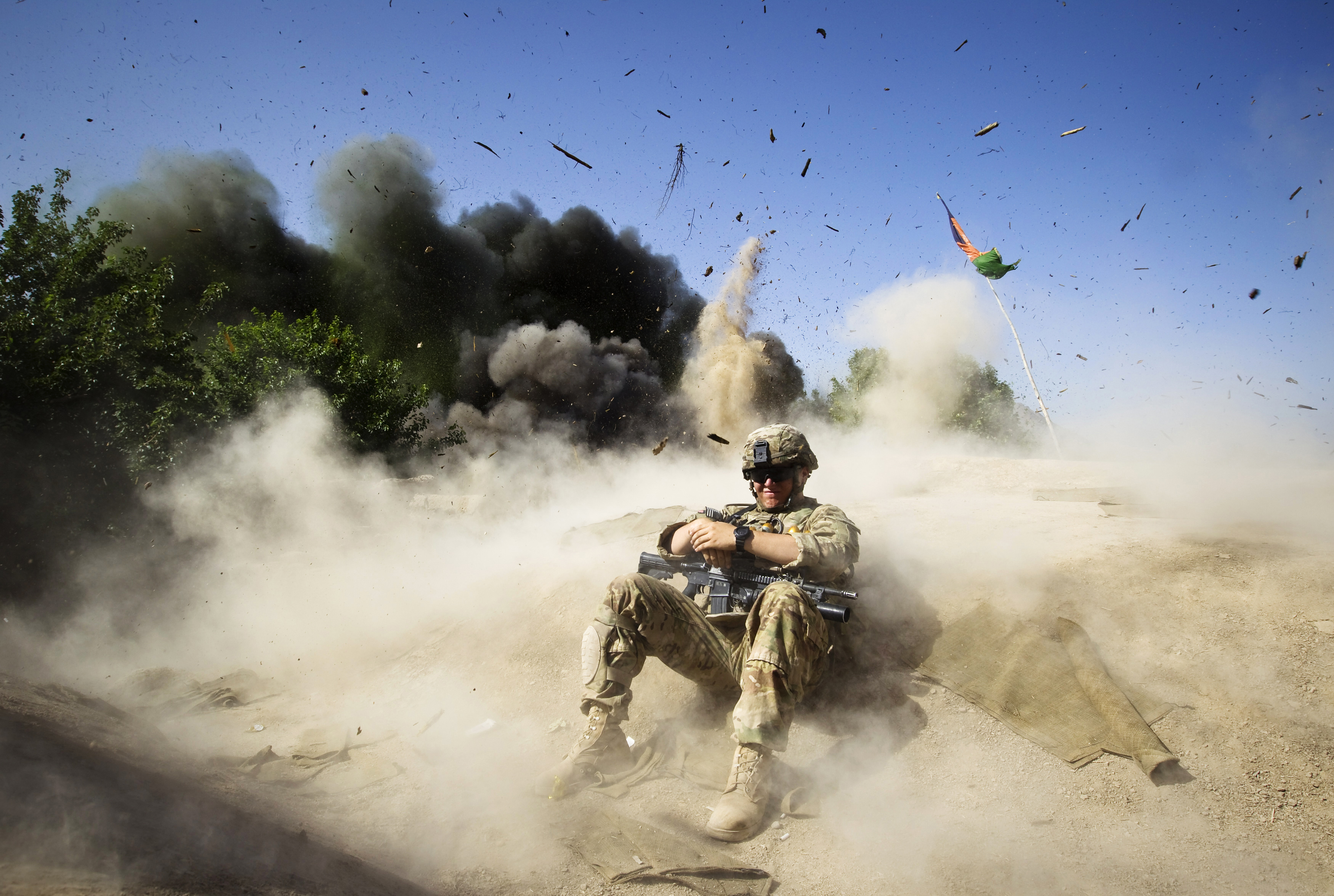Each U.S. Troop in Afghanistan Costs $2.1 Million
Though the Pentagon says it's a reflection of sending people and equipment home, investments in intelligence, surveillance, and reconnaissance remain high.

The average cost of each U.S. troop—that is, each military member—in Afghanistan will nearly double in the last year of the war to $2.1 million, according to a new analysis of the Pentagon’s budget.
For the past five years, from fiscal 2008 through 2013, the average troop cost had held steady at roughly $1.3. million. But the Pentagon’s 2014 war budget would dramatically increase that figure. The added cost, argue Defense Department officials, is a reflection of the price of sending troops and equipment back home in the drawdown.
Not so, says Center for Strategic and Budgetary Analysis’ Todd Harrison. He doesn’t buy that excuse, and argued on Thursday that the U.S. has been moving far greater amounts of troops and equipment in those previous budget years. Instead, he said, as the number of U.S. troops decline, the overhead cost to support the war and the Afghan forces that the U.S. continues to underwrite remains relatively stable.
“It was a bit of a shocker to me,” Harrison said. The budget analyst said costs like intelligence, surveillance and reconnaissance, or ISR, as well as the support structure for troop life remains high, compared to the total personnel number dip.
This post was originally published at Defense One.